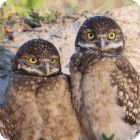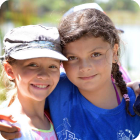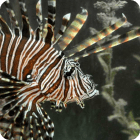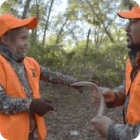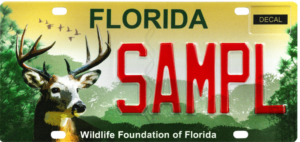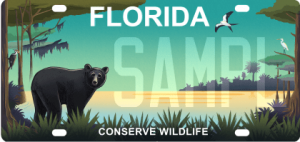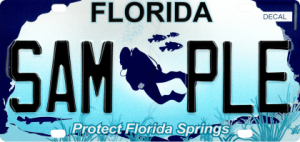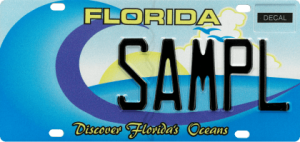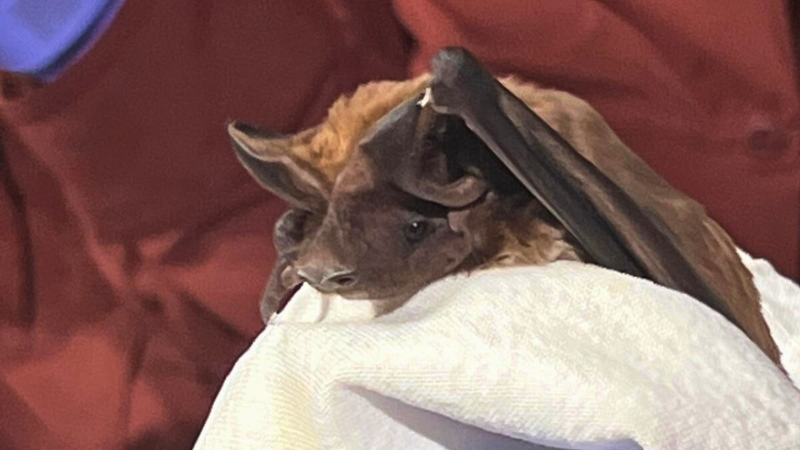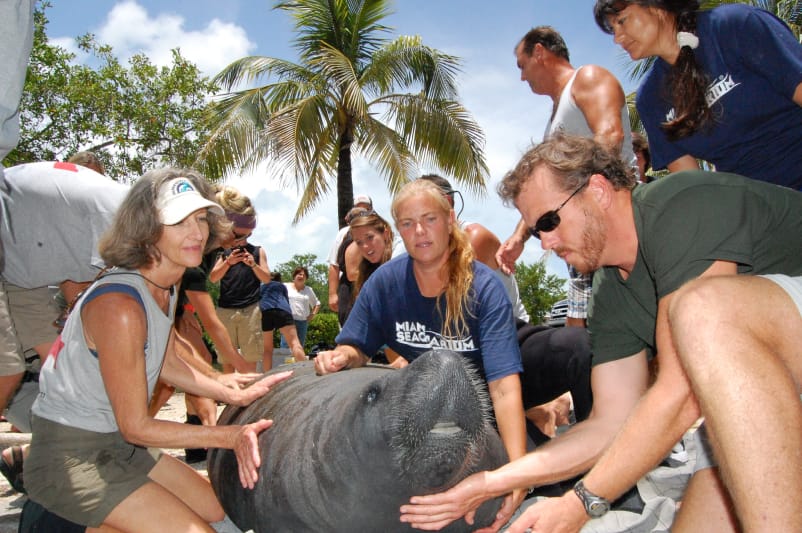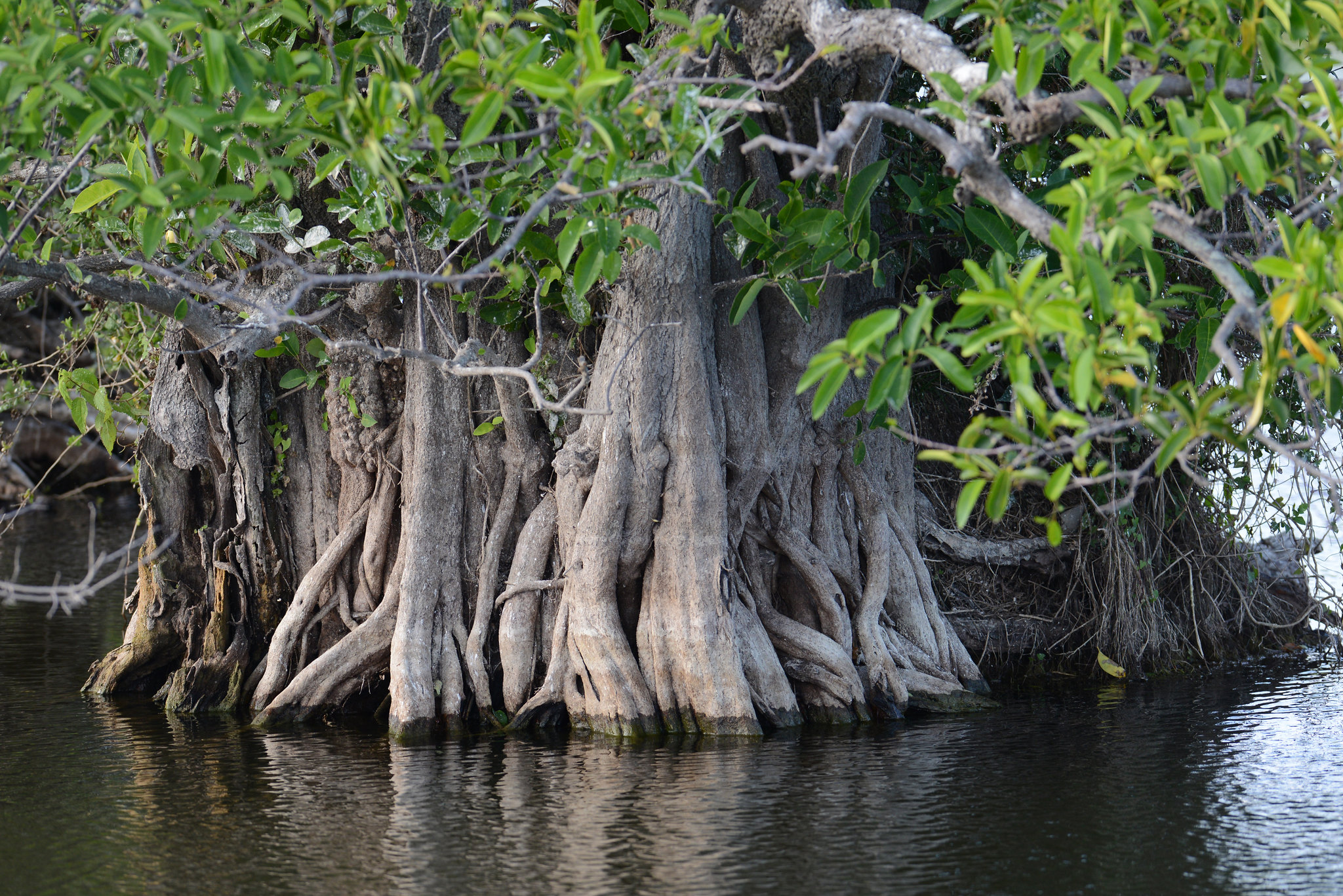
By: Kyle Grammatica
The History of Everglades National Park
Everglades National Park is one of Florida’s most treasured natural areas. It is the largest piece of tropical wilderness in the United States and one of the largest national parks as well. The Everglades are an essential sanctuary for 36 of Florida’s protected species and an important breeding ground for Florida’s wading birds.
In the early 1900’s Florida citizens became concerned over the quickly depleting Everglades. The wetlands were being drained and channeled away to make room for agricultural and residential development. In 1916, Royal Palm State Park was created, paving the way to the eventual establishment of the Everglades National Park. South Florida conservationists first proposed that the area be declared a national park in 1923 and a few years later state policy makers created the Everglades National Park Commission. The Commission was tasked with studying the land and planning how to raise funds to purchase the area.
The Commission was headed by Ernest F. Coe, a staunch conservationist who was given the nickname “Father of Everglades National Park” because of his uncompromising dedication. Coe was helped by U.S. Senator Spessard Holland, who was able to secure 1,300,000 acres to be included in the park. Miami Herald Editor John Pennekamp also helped by motivating the Florida Legislature to raise $2,000,000 to purchase private land within the proposed park. Marjory Stoneman Douglas’s books on the Everglades were also vital in the Everglades’s conservation.
The Everglades National Park was officially named on May 30th, 1934 and dedicated by President Truman in 1947.
Indigenous People of the Everglades
The Everglades have been occupied by many Native American tribes throughout history. The Calusa were the dominant tribe in the southwest region of the Everglades while several other tribes, including the Tequesta, Jega, and Ais, were settled on the east coast. The Calusa used shells to create platforms, courtyards, and other architectural projects. The Spanish explorers wrote about their artwork and complex political system. The Seminole Tribe continues to live in the northern region to this day in Big Cypress Reservation.
Gladesmen
The Gladesmen are a group of people who built their homes in the Everglades. They built “glade skiffs”, long thin boats that could get them through the narrow waterways of the Everglades. Gladesmen would spend months in the Everglades hunting and fishing to make a living. Their time spent in the Everglades made them useful guides for researchers that came to study the area. The Gladesmen culture has adapted to the changing times, and although they can no longer live with the land as they once did, they continue to spend time in the area that is intertwined in their history.
You can donate to conserve areas like the Everglades here.
